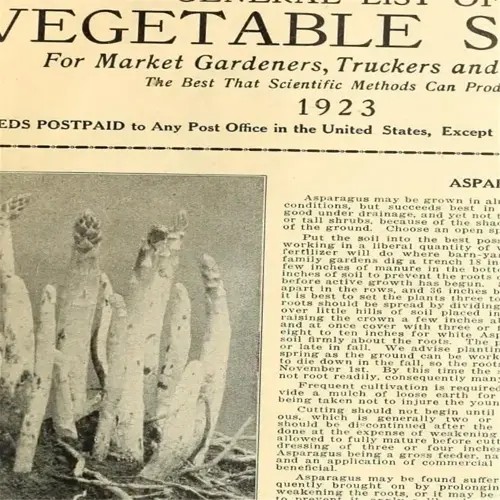How many years until almond trees produce nuts?

Written by
Michael Sullivan
Reviewed by
Prof. Charles Hartman, Ph.D.Successfully growing almonds begins with factors related to their climatic needs. These trees will thrive in USDA zones 5-9, needing 250-500 hours below 45 degrees F to chill them. I have seen orchards fail when they're located in humid areas where the early blooms are injured by frost. For orchards in those climates, cold-hardy varieties like Hall's Hardy will guarantee your crop.
Soil Testing
- Test pH levels (aim for 6.0-7.5) using a home kit or lab service.
- Check for nematodes by sending samples to local agricultural extensions.
- Amend clay soils with compost or sand to improve drainage.
Planting Depth
- Keep graft unions 2-3 inches above soil to prevent rot.
- Dig holes twice as wide as rootballs to encourage spread.
- Water deeply after planting, 1 gallon per sapling minimizes shock.
Activating the proper watering and fertilizing schedule will be a matter of er adjustment with seasons. Young trees should receive an allocated 3-5 gallons every week, while mature trees can optimally sustain with 2-3 inches of drip irrigation. Keep an eye on overwatering trees as yellow leaves indicate too much water. Unfortunately, I lost two saplings to root rot due to soggy and waterlogged clay soil after learning that lesson.
Organic Solutions
- Apply neem oil every 7 days for aphid infestations.
- Use Bacillus thuringiensis during bud swell for peach twig borers.
- Introduce ladybugs to control mites without chemicals.
Preventative Measures
- Remove mummy nuts post-harvest to deter navel orangeworms.
- Wrap trunks with hardware cloth to block rodent damage.
- Prune diseased branches immediately to halt fungal spread.
Harvest when hulls split open, generally around late summer. Place dry nuts on screens for a 7-10 day period before placement in storage. A client's vacuum-sealed almonds remained fresh for three years, illustrating that good storage preserves freshness and flavor and prevents rancidity.
Read the full article: How to Grow Almonds: Simplified Guide for Bountiful Harvests

